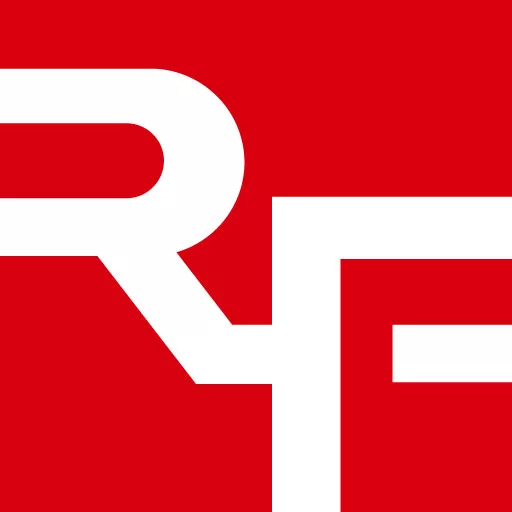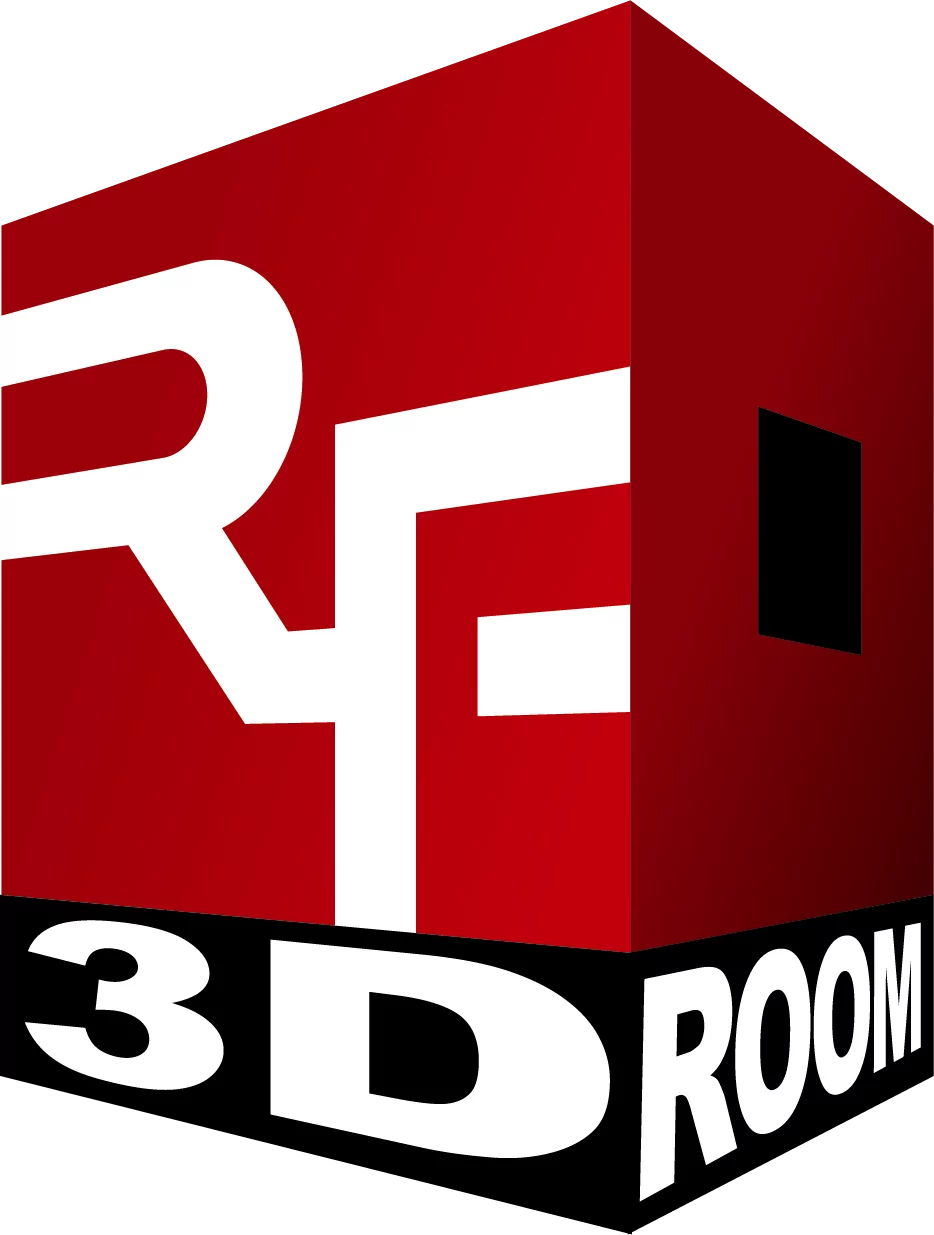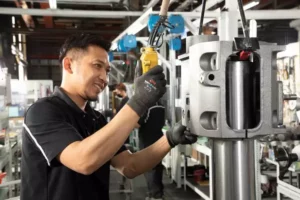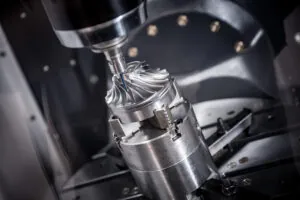In vertical milling machines, a belt drive system leverages the inherent elasticity of the belt to serve as a natural shock absorber, ensuring consistent speed and torque even when faced with varying load conditions. This efficient design not only protects critical machine components but also enhances overall operational precision—a principle explored in depth on this resource.
1. Understanding Belt Drive Systems in Workshop Vertical Milling Machines
What makes belt drive systems so effective in maintaining consistent performance in workshop vertical milling machines? The answer lies in their fundamental design principles. Belt drive systems in vertical milling machines utilize a combination of pulleys and elastic belts to transfer power from the motor to the spindle. This seemingly simple mechanism plays a crucial role in ensuring that your workshop vertical milling machine delivers reliable performance across various applications.
The basic components of a belt drive system include:
- Drive pulley (connected to the motor)
- Driven pulley (connected to the spindle)
- V-belt or timing belt
- Tensioning mechanism
- Belt guards for safety
When properly configured, these components work together to transmit rotational force while maintaining consistent speed and torque. The elasticity of the belt material serves as a natural shock absorber, protecting both the workpiece and the machine components from sudden load changes that commonly occur during milling operations.
| Belt Type | Advantages | Best Applications |
|---|---|---|
| V-Belt | Good shock absorption, cost-effective | General workshop applications |
| Timing Belt | Precise speed control, no slippage | Applications requiring exact speed ratios |
| Poly-V Belt | Higher power transmission, reduced vibration | Heavy-duty workshop operations |
2. The Mechanics of Speed and Torque Consistency in Vertical Milling Operations
How exactly does a belt drive maintain consistent speed and torque when your workshop vertical milling machine encounters varying loads? The secret lies in the belt’s elasticity and the pulley system’s mechanical advantage. When a Mill Drill Machine encounters resistance during cutting operations, the belt slightly stretches, acting as a buffer that prevents immediate speed drops.
This elasticity provides several key benefits:
- Absorption of shock loads during cutter engagement
- Protection of the motor from sudden torque spikes
- Smoother operation during varying material densities
- Reduced wear on mechanical components
Additionally, the pulley ratio in your belt drive system determines the relationship between speed and torque. A larger driven pulley relative to the drive pulley increases torque while reducing speed—ideal for working with harder materials. Conversely, a smaller driven pulley increases speed at the expense of some torque, which works well for lighter finishing operations.
| Pulley Ratio | Speed Effect | Torque Effect | Ideal Application |
|---|---|---|---|
| 1:2 (Motor:Spindle) | Decreases by 50% | Increases by 100% | Heavy cutting in steel |
| 1:1 | No change | No change | General purpose milling |
| 2:1 (Motor:Spindle) | Increases by 100% | Decreases by 50% | High-speed aluminum machining |
3. Advantages of Belt Drives for Workshop Vertical Milling Machine Performance
When comparing different power transmission systems, belt drives offer distinct advantages for workshop vertical milling machines. Unlike direct drive systems that transmit every vibration from the motor to the cutting tool, belt drives provide natural dampening that improves surface finish quality and extends tool life.
Key performance advantages include:
- Vibration isolation between motor and spindle
- Quieter operation compared to gear drives
- Ability to absorb momentary overloads
- Simple speed changes through pulley adjustments
- Lower maintenance requirements than gear systems
For workshop environments where versatility is essential, belt drive systems allow operators to quickly adapt the Drilling Machine performance characteristics to match the specific requirements of each job. This adaptability makes belt-driven machines particularly valuable for small to medium production runs where different materials and cutting parameters are frequently encountered.
4. Belt Tension: The Key to Optimal Workshop Milling Machine Performance
How tight should the belt be on your workshop vertical milling machine? This seemingly simple question has a significant impact on machine performance. Proper belt tension is critical for maintaining consistent speed and torque transmission while minimizing wear on both the belt and bearings.
The ideal tension allows for:
- Sufficient grip between belt and pulleys to prevent slippage
- Minimal belt stretching during operation
- Reduced side loading on motor and spindle bearings
- Extended belt life through reduced friction heating
Most Mill Drill Machines feature adjustable motor mounts that allow for proper tensioning. A properly tensioned belt should deflect approximately 1/64″ per inch of span distance when moderate pressure is applied at the midpoint between pulleys. Too tight, and you risk premature bearing failure; too loose, and slippage will cause inconsistent cutting speeds and poor surface finishes.
| Belt Tension | Effects on Performance | Signs to Watch For |
|---|---|---|
| Too Loose | Slippage, inconsistent speeds, poor finishes | Belt squealing, excessive heat, glazed belt surface |
| Optimal | Consistent power transfer, minimal wear | Smooth operation, minimal vibration |
| Too Tight | Increased bearing load, reduced belt life | Excessive noise, bearing overheating, cracked belt |
5. Maintaining Belt Drive Systems for Longevity and Reliability
Regular Care & Maintenance of the belt drive system is essential for ensuring your workshop vertical milling machine continues to deliver consistent performance. A well-maintained belt drive can provide years of reliable service, while neglected systems may fail prematurely and cause costly downtime.
Essential maintenance practices include:
- Regular inspection for wear, cracks, or fraying
- Cleaning of belt surfaces and pulley grooves
- Periodic re-tensioning as belts naturally stretch
- Alignment checks to ensure pulleys remain parallel
- Replacement of belts before catastrophic failure
Most manufacturers recommend inspecting belt condition monthly and checking tension quarterly for machines in regular use. Environmental factors like dust, oil mist, and temperature extremes can accelerate belt degradation, so workshops with harsh conditions may need more frequent maintenance intervals.
6. Comparing Belt Drives to Alternative Power Transmission Systems
While belt drives are common in many workshop vertical milling machines, they represent just one of several power transmission options. Understanding how belt drives compare to alternatives helps in selecting the right machine for specific workshop requirements.
| Drive System | Advantages | Limitations | Best For |
|---|---|---|---|
| Belt Drive | Shock absorption, quiet operation, low maintenance | Periodic tension adjustments, eventual replacement | General workshop use, versatile applications |
| Gear Drive | No slippage, precise speed control, high torque | Noisy, transmits vibration, higher maintenance | Heavy-duty production, precision work |
| Direct Drive | No maintenance, compact design, highest efficiency | No shock absorption, expensive, limited speed range | High-precision CNC applications |
For most Manufacturing workshops, belt-driven vertical milling machines offer the best balance of performance, maintenance requirements, and cost-effectiveness. They provide sufficient precision for most applications while being more forgiving and easier to maintain than alternative systems.
7. Optimizing Belt Drive Performance for Different Materials
How can you adjust your workshop vertical milling machine’s belt drive system for different materials? The ability to optimize speed and torque for specific cutting operations is one of the key advantages of belt-driven machines. By changing pulley combinations or adjusting variable-speed mechanisms, operators can match machine performance to material requirements.
Material-specific considerations include:
- Harder materials (steel, stainless steel) require lower speeds and higher torque
- Softer materials (aluminum, brass) benefit from higher speeds and moderate torque
- Plastics often require specific speed ranges to prevent melting
- Wood and composites may need high speeds with dust extraction considerations
Many modern Workshop Milling Machine models feature variable-speed belt drives that allow for quick adjustments without changing pulleys. These systems typically use a variable-width pulley pair connected by a belt, where the effective diameter changes as the pulley halves move closer or further apart.
| Material | Recommended Speed Range | Belt Drive Configuration |
|---|---|---|
| Mild Steel | 60-100 SFM | High torque setting (larger driven pulley) |
| Aluminum | 300-500 SFM | High speed setting (smaller driven pulley) |
| Brass/Bronze | 200-300 SFM | Medium range setting |
| Plastics | 300-800 SFM | High speed with controlled feed rate |
8. Future Innovations in Belt Drive Technology for Vertical Milling Machines
What developments are we seeing in belt drive systems for workshop vertical milling machines? While the basic principles remain unchanged, manufacturers continue to innovate with new materials and designs that enhance performance and reliability.
Emerging trends include:
- Advanced composite belt materials with higher strength-to-weight ratios
- Electronically controlled variable-speed systems with digital feedback
- Self-tensioning mechanisms that maintain optimal belt tension automatically
- Hybrid systems that combine belt drive benefits with direct drive precision
- Smart monitoring systems that detect belt wear and predict maintenance needs
These innovations are making belt drive systems more reliable and precise, extending their applicability to increasingly demanding applications. For workshop environments, these advancements translate to machines that require less maintenance while delivering more consistent performance.
Choosing the Right Belt Drive System for Your Workshop Needs
Selecting the appropriate workshop vertical milling machine with the right belt drive configuration is essential for achieving optimal results in your specific applications. When evaluating options, consider the types of materials you’ll be working with most frequently, the precision requirements of your projects, and your maintenance capabilities.
RongFu, a globally recognized manufacturer that produces OEM products for global brands as well as selling under its own RongFu brand, offers a range of belt-driven vertical milling machines designed to meet diverse workshop needs. With decades of experience in machine tool manufacturing, RongFu’s designs incorporate the reliability and performance characteristics that professional users demand, while maintaining the serviceability that makes belt drive systems so popular in workshop environments.
By understanding the principles behind belt drive performance and matching them to your specific requirements, you can ensure that your vertical milling machine will deliver consistent speed and torque for years of productive service.





